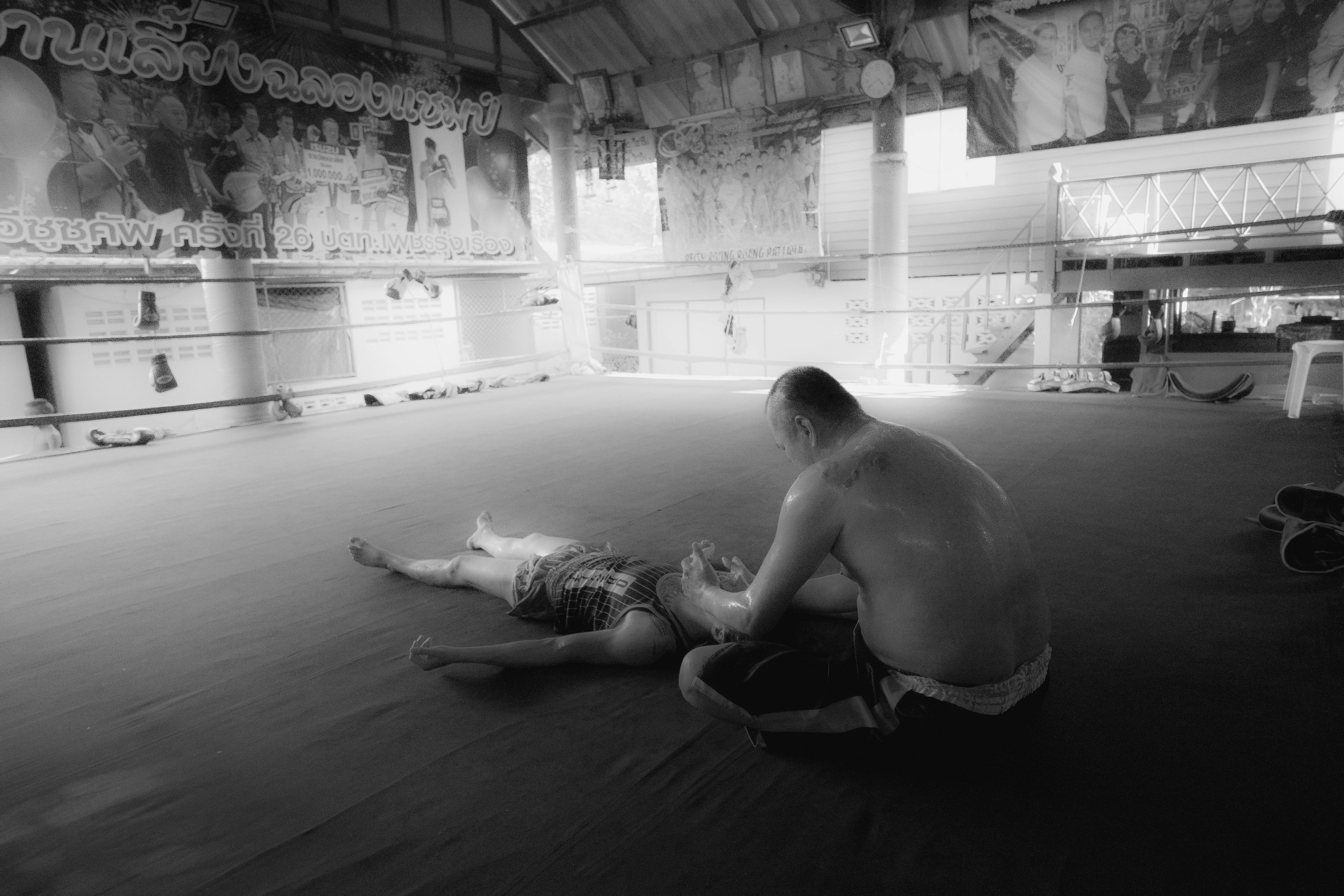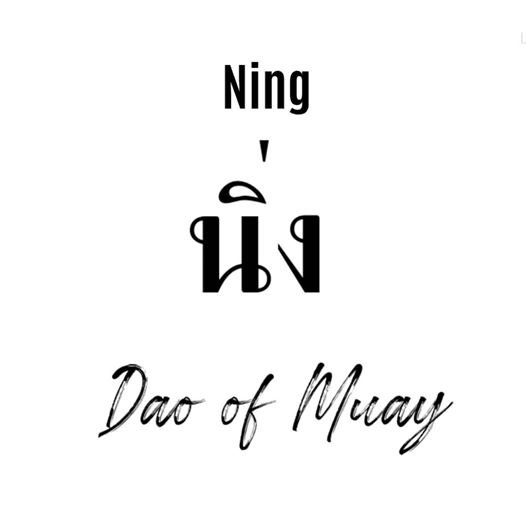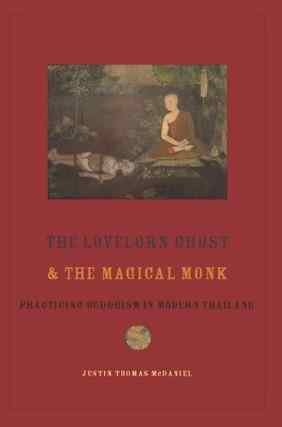-
Posts
2,264 -
Joined
-
Days Won
499
Everything posted by Kevin von Duuglas-Ittu
-
Thank you for the awesome update on your adventure with Sagat. So cool that you are zoning in on his beautiful principles and technique. After training with him (Sylvie) I can just shake my head and see how often people just don't know how to punch. You don't have to punch exactly like him, but the principles he teaches are probably sewn into almost all good hands.
-
This post cannot be displayed because it is in a password protected forum. Enter Password
-
As others have mentioned, sak yant aren't really "for" Muay Thai. In fact they are seldom prominent in most prominent Thai Muay Thai fighters. They are kind of from the under-class of Thailand, much as perhaps tattoos in general were in western countries for a very long time. And, some of that under class become fighters. But...mostly they are just symbolic representations of protection, or power, believed in an an animistic level. A sak yant of a tiger may just be summoning up "tiger energy", the ability to command, stalking forcefulness, etc. It could apply to anything in life. So...sak yant could just tap into or express the underfeelings of what Muay Thai has brought to you, without being some sort of "bro" appropriation. Your own attempt to get in touch with that thing, that meaningfulness. Or, maybe not. In either case, I would say to just get in touch with that thing that Muay Thai has done for you, brought to you, and then find some representation that speaks to that for you. Maybe its nothing that looks like its related to Muay Thai at all...but YOU know it's about Muay Thai. Or, perhaps, if there is a particular heroic fighter who inspires you, then perhaps something related to their image. As for words, Sylvie's discussed a series of Thai words that embody the spirit of Muay Thai, I'm sure she would double check the graphic for you before you got it tattoo'd. This was one: Ning: https://web.facebook.com/sylviemuaythai/photos/a.134623809905091/2636651226368991
-
Something to add to the topic. Sylvie got head kicked (accidentally) in sparring by a big partner and definitely was concussed, not too long ago. We've become very serious about putting in much more sparring, now 10 rounds a day, which means also sparring with people who just are not ideal. For us this means that if this is going to happen head defense has to become a very serious priority. Padwork and bagwork can produce some seriously bad habits, unconscious relaxations after combos or single strikes. Yes, it's sparring that will take those relaxations out (you are just going to get hit, and that will correct things), but if you are going to spar a lot the truth is that you just can't expose yourself to that much impact. This means head defense HAS to become a priority. This is one reason why we're working in the Diamond Guard. I feel like this is the most secure "cage" of defense in the sport, and famously protected Archie Moore through well over 100 boxing fights. The point though really is, if you are going to spar, defense and head protection has to become a major focus, just in terms of longevity. You can't just rely on negative feedback to correct your defensive mistakes. You have to stop thinking about offense (which is what pretty much everything thinks about in sparring) and become defensively minded, especially in your guard.
-
I've started vlogging my experiences in early work with video and color to capture some of the elements I've been pursuing in still photography. You can check out the first two below: What is principal here for me are all the ways that slowing down footage actually works to produce motion. It is all this micro-motion, which for me is like a kind of breathing, as if the form itself is breathing, that I find really interesting. This...and how color grading can work to building up atmosphere, a materiality of space, out of which the depicted form or focus emerges, is cloistered in, or erupts. This is something I seek in lots of my still photography. It's why I often try wider lenses. I feel like Muay Thai photography, and videography as well, has extracted too much from the surrounding nature, mechanizing it, alienating it, making an fragmentation. These video experiments are in that direction.
-
I wish we could have these kinds of conversations! (This mode of analysis, instinctively, feels far from Thai conceptualization about things, to me.) I would point out, also interestingly enough, that even though it is true that much of Muay Thai was transmitted through wat education, the State formalization of Buddhism that began with the turn of the 20th century, and extended through the time of the article above, did work to really narrow the diversity of Thai Buddhism (and likely Muay Thai) in that process. As King Chulalongkorn, for instance, named (and therefore ostensibly created the "schools" of Muay Boran in 1910, this has been seen by historians as an attempt to actually secularize Muay Thai in the country, by putting under State camp auspices. These two dates in our Modernization of Muay Thai bring this forward: The Modernization of Muay Thai - a timeline It would be super interesting to know what animistic, magical practices were preserved throughout the century, and the wat pedagogy of Muay Thai itself, and how much the two came together if at all.
-
This to me is really unclear...or, maybe involves multiple forces at work. Most of the arguments regarding the State and Buddhism in Thailand, including those in this article, work along the lines of seeing the systematic institutionalization of Buddhism, organized around Bangkok power, as distinctly modernist. A homogenization of belief and practice, and one could imagine that these trends toward homogenization that work against the variety and detail of "femeu" Muay Thai are rooted in that very homogenizing, modernist project. Erasing differences, and localization. These forces, if I'm not mistaken, also worked against the forest tradition you are practiced in, and against some of the animist traditions that lay beneath Buddhism in the country. This is to say that Buddhism and State power seem like they are possibly quite at work in rooting these same commercializing, globalizing forces that currently are degrading Muay Thai. On the other hand, I would totally agree that the "aggro" fighting of international kickboxing and MMA, that aesthetic, is powerfully opposed to the Buddhistic philosophy that grounds Muay Thai in what it is. It really boils down to just "what" is the source of femeu diversity and development? Is it the proliferation of de-centralized locations of power and knowledge, a kind of Garden of Eden, Amazon Rain Forest of ecosystems of fighting, village by village, festival by festival? I see that as an attractive thought. If so, then perhaps Buddhism has had a kind of push-pull effect on that art. Maybe it is worth while drawing comparisons between magico-practices of spiritual belief and femeu fighting diversity, both in terms of State Buddhism and capitalism/consumerism? I say this all in appreciation of your thoughts.
-
Construction of Wat Phra Sri Mahathat Woramahawihan, the centerpiece of Prime Minister Phibunsongkhram's Spiritual Identity project, began on 20 March 1941 in commemoration of the government victory over the Boworadet rebellion in 1933. The foundation stone of Rajadamnern stadium was laid first, on March 1st of that same year.
-
Reading a really good essay on how the very National identity of Thailand, a modern conception born out of engagements with the colonial West, was established by creating 4 spiritual centers geographically spread across the country. Read that here: National_Identity_and_the_Geo_Soul_Spiri.pdf National Identity and the Geo-Soul: Spiritually Mapping Siam It traces the logic of the establishment of 4 spiritual centers by the anti-Royalist spirit of Prime Minister Phibunsongkhram, creating a constellation wats that helped define the national borders of the country. Saplings of the original Bodhi Tree of the Buddha's meditation were planted at each of these wats, in the early 1940s. What is interesting to me is that as Phibunsongkhram was carving out a new national identity, it was also in these years that Rajadamnern was being built. And, in these years as well that Phibunsongkhram and magazines celebrating Muay Thai started lauding a new kind of hero, every-men like the much feared Suk. The point being, just as the foundations of the Spiritual conception of a "whole" Thailand was being developed, a people's Muay Thai, along with the first National stadium, also was developed. When people think about what Muay Thai means to the identity of Thailand itself, it was poured into the foundation from the very beginning.
-
Thanks, that is a very cool response. As much as I often feel that hyper-marketed forms of combat sports like MMA & kickboxing are destructive forces to traditional views of dominance that are still reflected in Thailand's Muay Thai, there are also stories such as yours, where the genuine attempt to weave together the golden threads of authenticity in all of them, even or especially as a judge, is full of a great hope that the Muay Thai of Thailand can help combat sports in general, transcend the lower common denominators that sometimes help fighting sports highly successful in the marketplace. Very cool. The spear and the bouquet.
-
This post cannot be displayed because it is in a password protected forum. Enter Password
-
This post cannot be displayed because it is in a password protected forum. Enter Password
-
My Thoughts on few gyms
Kevin von Duuglas-Ittu replied to Mpierce887's topic in Gym Advice and Experiences
A lot of people have a kind of fantasy of the "go to a real Thai gym in the middle of nowhere, be forced to train really hard, immerse yourself in that Thai way, maybe have a fight", is it that kind of gym, would you say? Would they have a positive experience, even if it isn't exactly what they were looking for? -
My Thoughts on few gyms
Kevin von Duuglas-Ittu replied to Mpierce887's topic in Gym Advice and Experiences
Cool little review! I like it. -
I'm sure you googled around, but I'm doing so as well for my own interest. Ran into this timeline: I'm sure this extended averages are tilted by the higher grade concussions, but it is worth thinking about what standard one wants to use for return. How many symptom-free days before returning to the gym? And being ready for symptoms to possibly persist longer than expected.
Footer title
This content can be configured within your theme settings in your ACP. You can add any HTML including images, paragraphs and lists.
Footer title
This content can be configured within your theme settings in your ACP. You can add any HTML including images, paragraphs and lists.
Footer title
This content can be configured within your theme settings in your ACP. You can add any HTML including images, paragraphs and lists.



